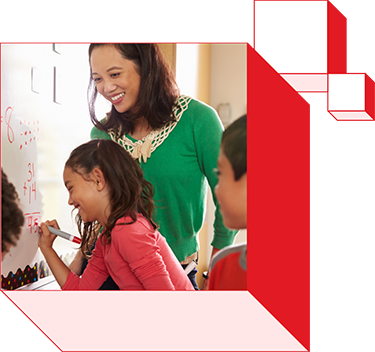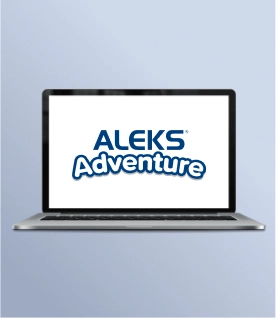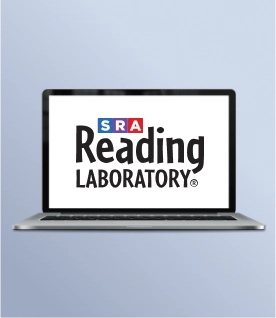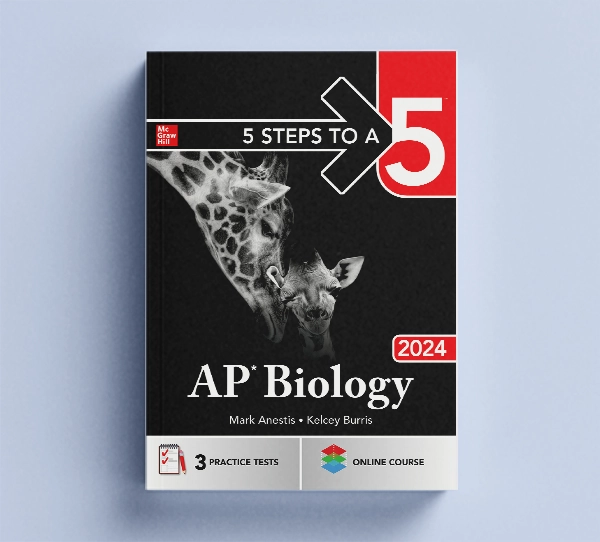Research Base
- Direct Instruction Mathematics Programs: An Overview and Research Summary
This paper provides an overview and research summary of Direct Instruction (DI) mathematics programs, including Connecting Math Concepts . A comparison of the constructivist approach to the direct or explicit approach to math instruction was conducted. Overviews and ways in which DI math programs meet the 6 principles for improving math instruction as provided by the National Council of Teachers of Mathematics (NCTM; 2000b) are noted. Finally, a research review and analysis of DI math programs published since 1990 (yielding 12 studies) was completed.
- The Research Base for Direct Instruction Mathematics Programs
The following is a description of the research base for Direct Instruction mathematics programs, specifically DISTAR Arithmetic I and II, Corrective Mathematics, and Connecting Math Concepts. Searched of reference lists were used to identify other possible research articles. Also, hand searches were done in the following peer-reviewed journals: Effective School Practices, Journal of Direct Instruction, and Educations and Treatment of Children.
- Mathematics Education for Students with Learning Disabilities
The Center on Instruction conducted a meta-analysis on the topic of teaching mathematics to students with learning disabilities (Gersten, Chard, Jayanthi, Baker, Morphy, & Flojo, 2008). A meta-analysis is a statistical method by which research studies on a particular method of instruction are summarized to determine the effectiveness of that instructional method. Based on the findings of the meta-analysis report, seven effective instructional practices were identified for teaching mathematics to K–12 students with learning disabilities.
Randomized Controlled Studies
Non-Randomized Controlled Studies
Evidence of Success
- Special Education and Direct Instruction: An Effective Combination
Research shows strong evidence of success when Direct Instruction programs are used with students with special needs. In fact, Direct Instruction is one of only seven interventions proven effective (Forness, Kavale, Blum & Lloyd, 1997). With its research-supported design and systematic delivery, Direct Instruction is often referred to as a program for special education or at-risk students.













































Social Studies
View all Social Studies Programs
IMPACT (K–5)
Actively Learn (3–12)
New Social Studies (6–12)
Networks (6–12)